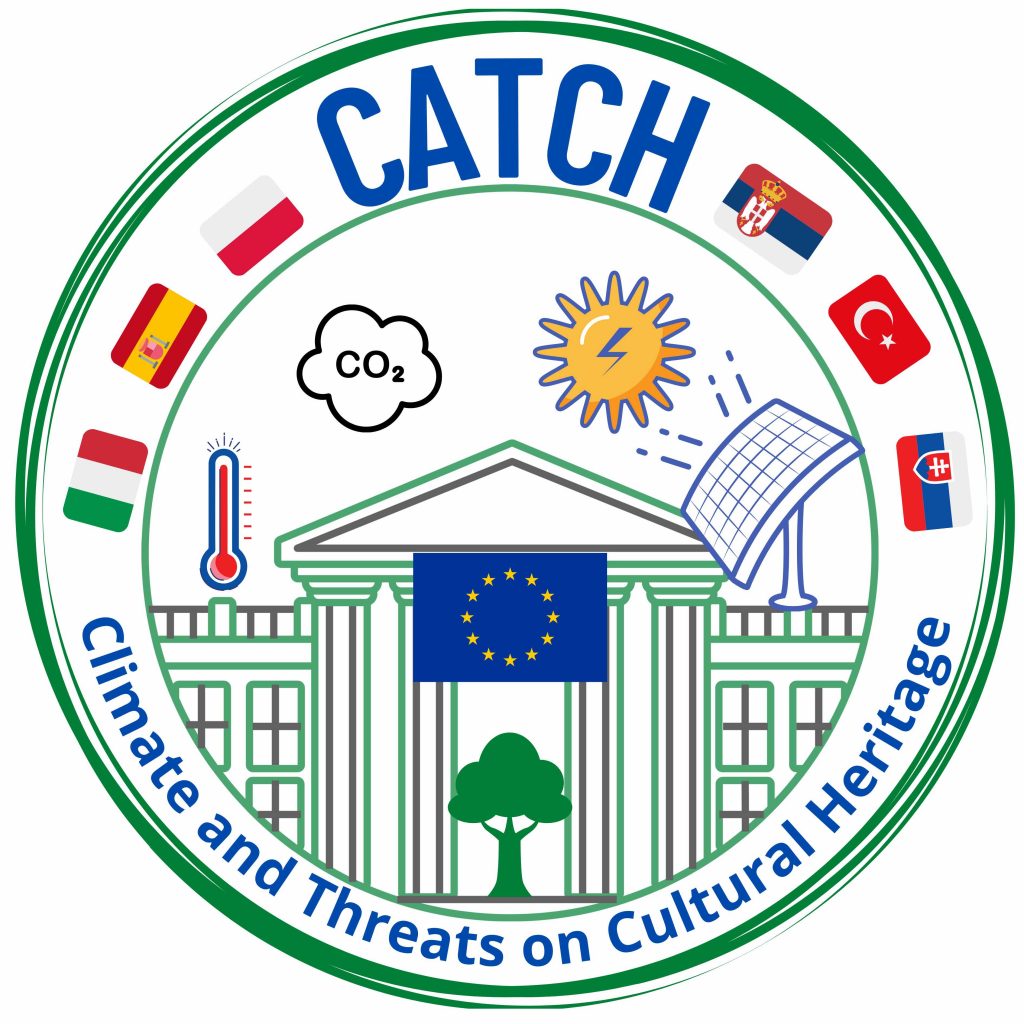Italy
Italy is a country located on the Italian Peninsula in Southern Europe, and on the two largest islands in the Mediterranean Sea: Sicily and Sardinia. Italy shares its northern Alpine boundary with France, Switzerland, Austria and Slovenia. The independent states of San Marino and the Vatican City are enclaves within the Italian Peninsula.
Italy comprises some of the most varied and scenic landscapes on Earth and is often described as a country shaped like a boot.
The total land area of Italy is approximately 301,328 square kilometres. It is approximately 1,130 kilometres long and 160 kilometres wide. Geographically, It is mostly mountainous, with narrow coastal plains.
In general, Italy has a Mediterranean climate. It is mainly mild on the coast, becoming colder inland in the mountains. It can be extremely hot everywhere in the summer, and cold in the north during the winter.
Italy is divided into 20 regions. The capital is Rome, one of the oldest of the world’s great cities and a favourite of visitors, who go there to see its great monuments and works of art as well as to enjoy the city’s famed dolce vita, or “sweet life.” Other major cities include the industrial and fashion centre of Milan; Genoa, a handsome port on the Ligurian Gulf; the sprawling southern metropolis of Naples; and Venice, one of the world’s oldest tourist destinations.
Italy has a rich and colourful history. It has been the home of many European cultures, such as the Etruscans and the Romans, and later was the birthplace of the movement of the Renaissance that began in Tuscany and spread all over Europe. The warring factions of the middle ages finally gave way to a nationalist movement in the 19th century, with Italy achieving unification under the king Victor Emmanuel II. But today, Italy is a democratic Republic.
The country’s main economic sectors are tourism, fashion, engineering, chemicals, and motor vehicles. The food and beverage industry is also important, in particular the traditional products olive oil, wine, fruit, and tomatoes. Additionally, the pulp and paper, printing and publishing, and pottery, glass, and ceramics industries are prominent.
The Italian economy is driven in large part by the manufacture of high-quality consumer goods produced by small and medium-sized enterprises, many of them family-owned. Italy’s lack of energy resources undoubtedly hindered the process of industrialization on the peninsula and the development of new energy sources such as thermal electricity, hydroelectricity and geothermal energy.

